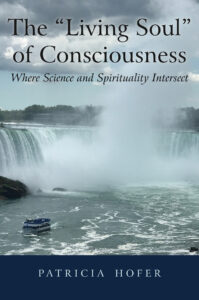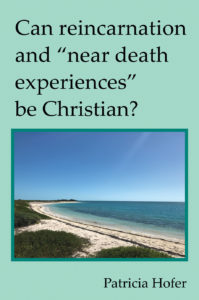Christ carries our weariness
Here, O my Lord, I see Thee face to face; Here would I touch and handle things unseen; Here grasp with firmer hand eternal grace, And all my weariness upon Thee lean. Horatius Bonar (1855)
Horatius Bonar, an ordained Scottish pastor, wrote hundreds of hymns. It was said that the hymns came to him during walks beside the ocean or along a brook. Or at other times he might be inspired by the rhythmic clatter of a train ride or the silent rhythm of the constellations shining above him.
And so, though Bonar does describe the Christian communion ritual in this hymn, he is also sharing something about the communion we have with the Lord at all times and in every place and part of our lives.
How do we see God “face to face” on a train ride as Bonar did, you might wonder. How do we see God when we’re taking a walk or staring at the night sky? My answer is, wherever we are or whatever we’re doing, the “open face” that sees and appreciates “the glory of the Lord” (KJV 2 Cor. 3:18) is our God-created consciousness.
This idea of connecting Christ to consciousness is not a new thing. Paul describes it as “the mind governed by the spirit” (NIV Rom. 8:6). And Christian mystics and contemplatives throughout the ages have often touched the hem of this inspired truth. For example, after writing that “God speaks face to face,” St. Augustine explained that he was “speaking not of the face of the body but of that of the mind” (Light from Light, Dupré and Wiseman 74).
With this spirit of consciousness we can, as Bonar wrote, “touch and handle things unseen.” The more room I make for Christ in my heart and mind in the morning, the more I’m able to “lean” on the Lord throughout the day, to abandon “my weariness.” And that is a good thing.


Leave a Reply